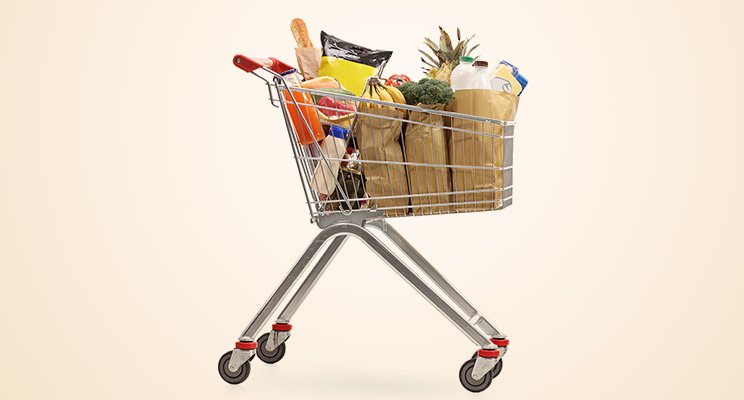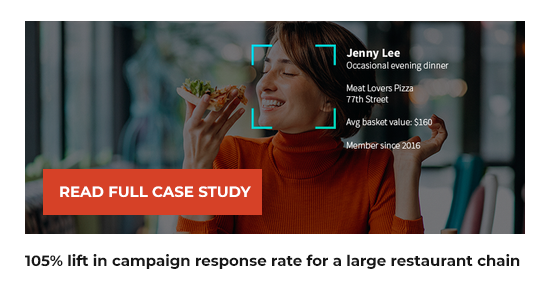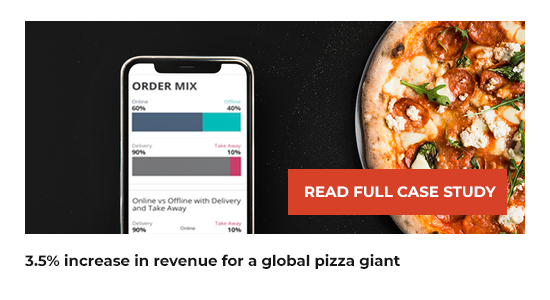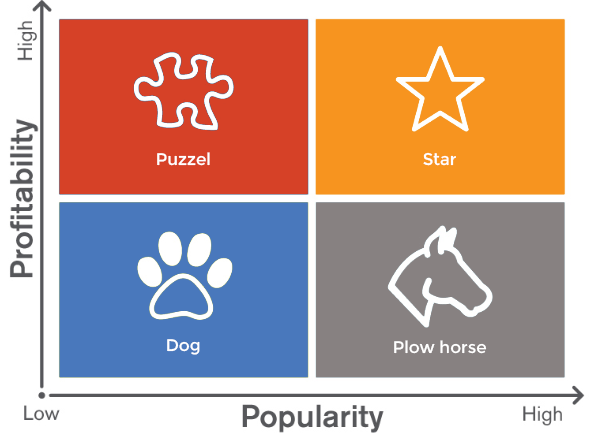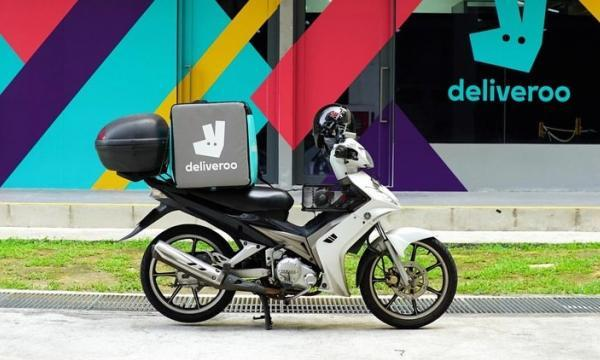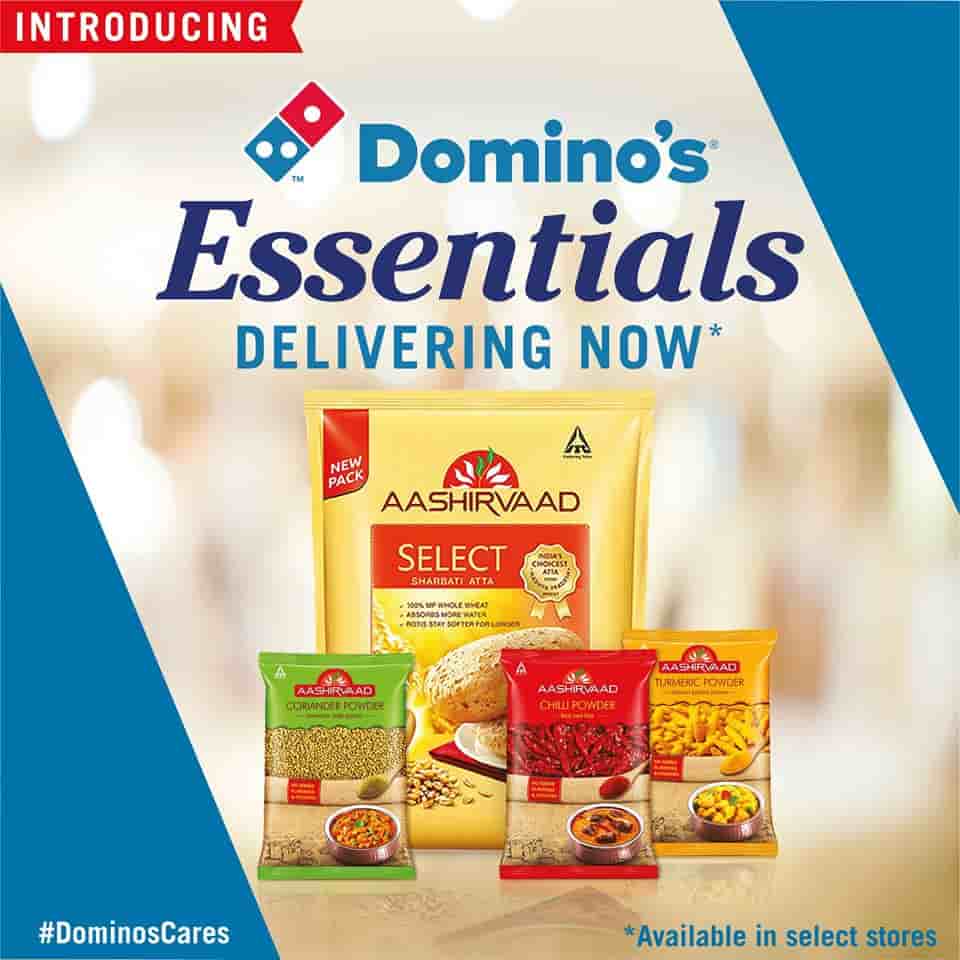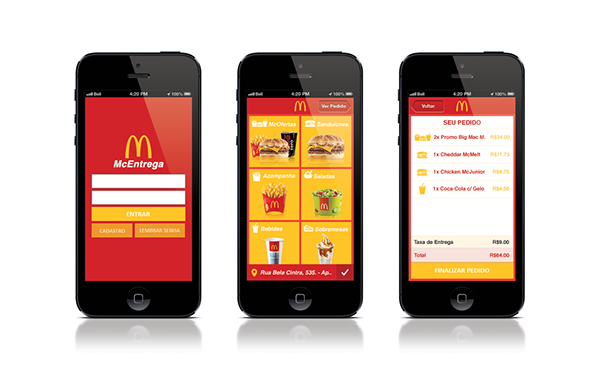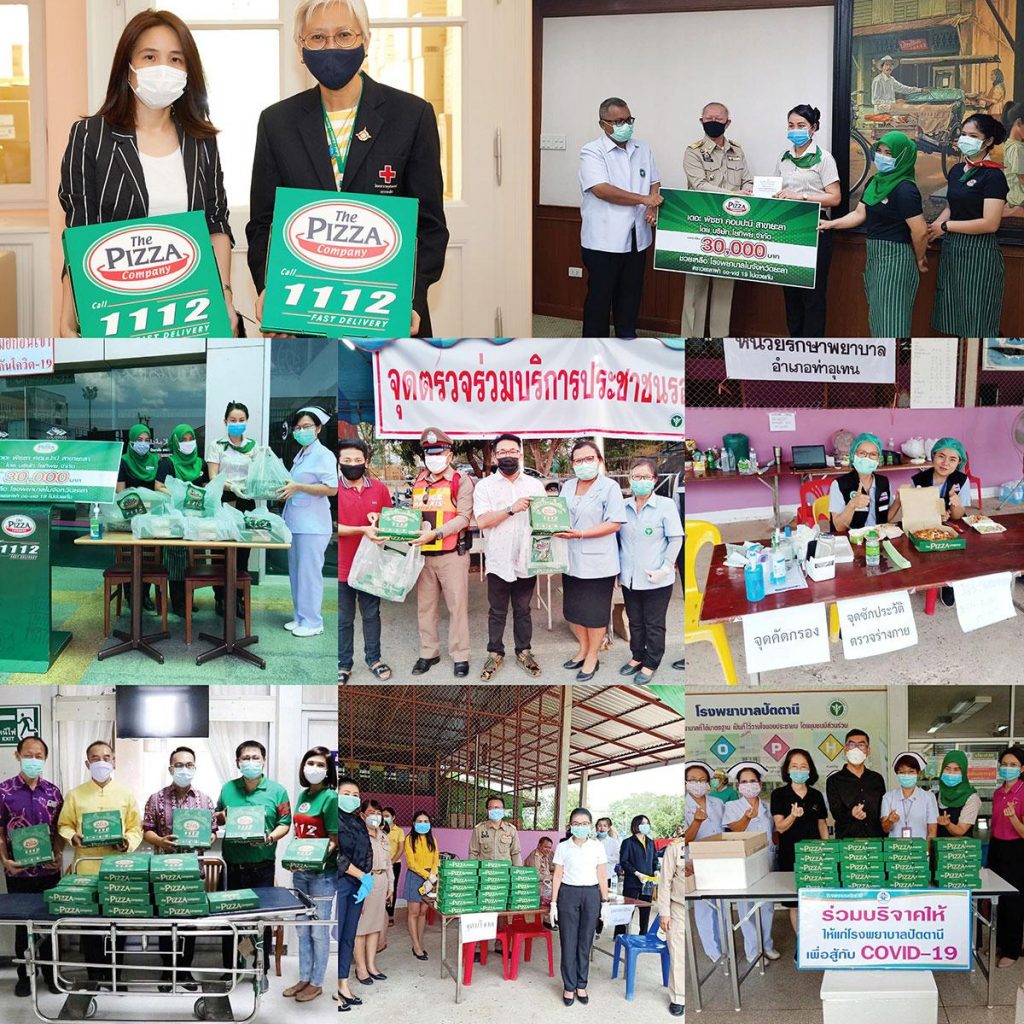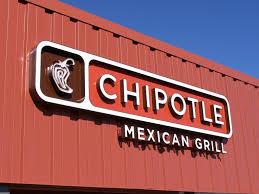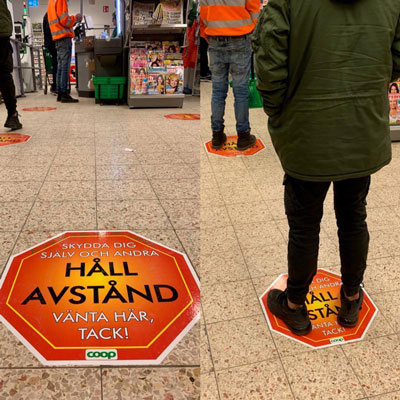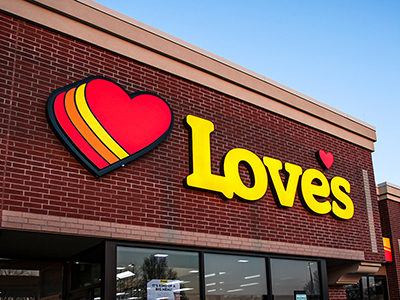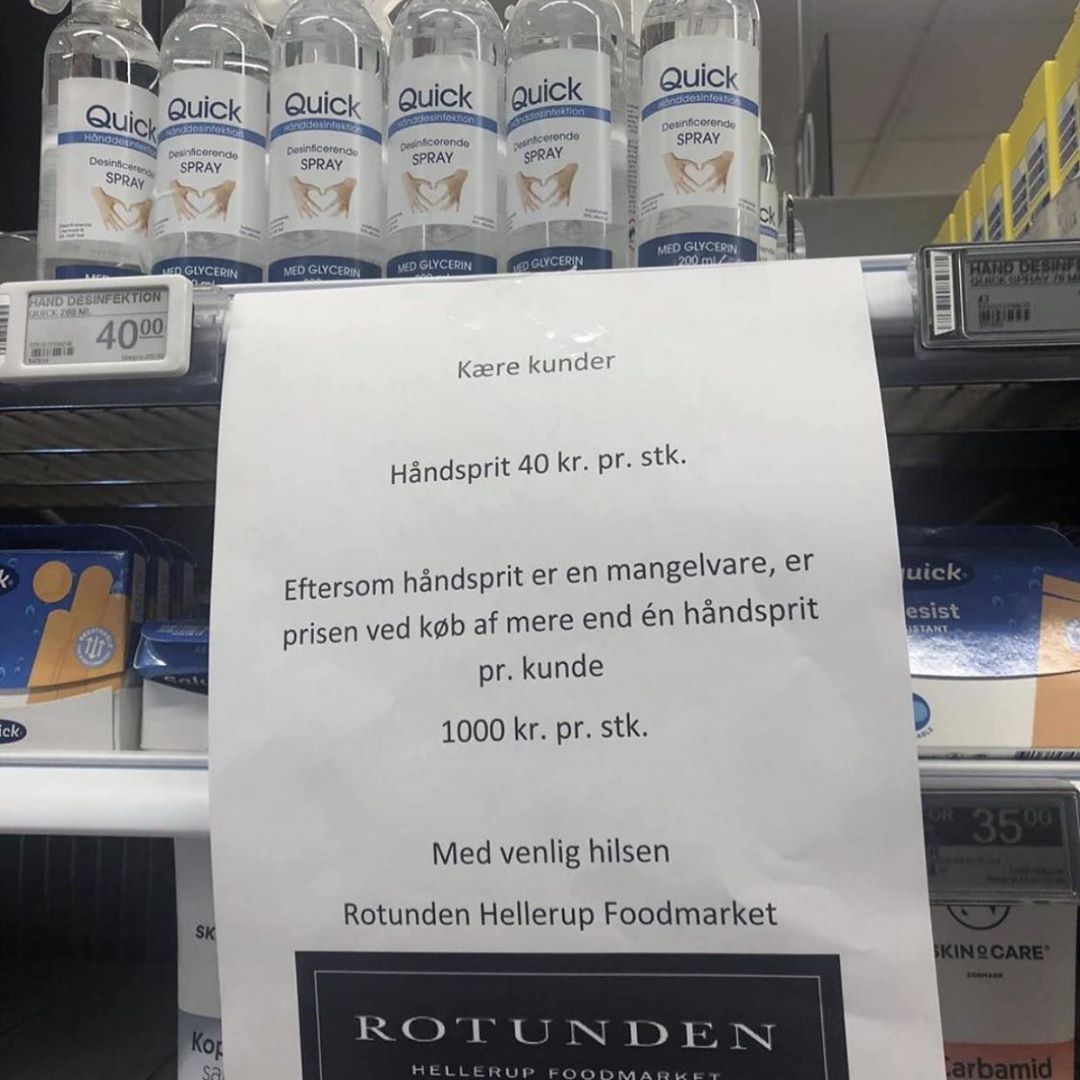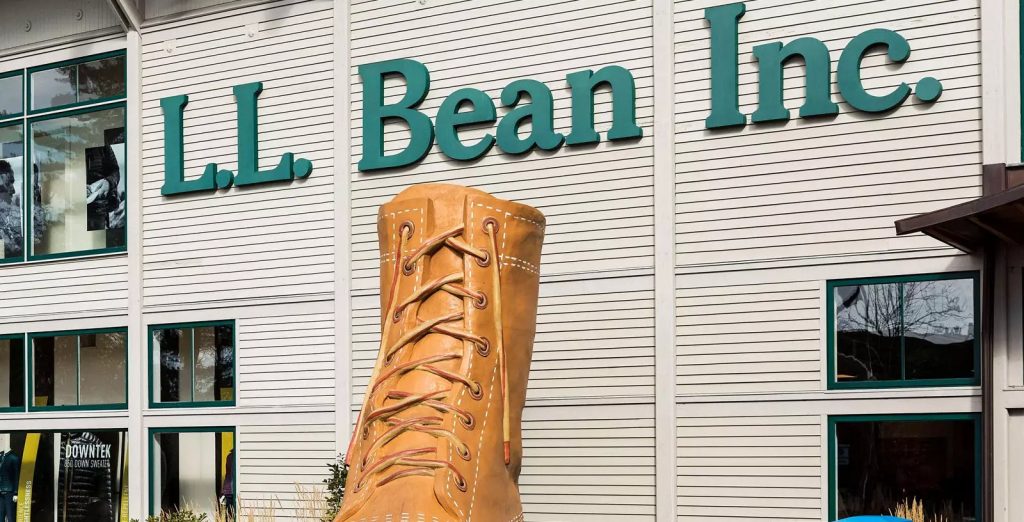Food and Grocery Retail is one of the fastest growing segments and as per an estimate, by 2022 consumers could be spending $100 Billion on online grocery alone, constituting more than 20% of the overall market, worth almost $ 1.5 trillion.
While there is a dip in disposable income of an average citizen, the daily bread and meat is not something she can cut down on. Retailers must build their strategy keeping her in focus, giving her the seamless and intuitive shopping experience, she desires. This is in line with what Gartner suggests, it is vital to reorganize merchandising and marketing around the needs of the consumer. But it is easier said than done. According to a study by FMI and Nielsen – many retailers are not prepared to meet the needs of omnichannel food shoppers, not for lack of multichannel assets or touchpoints, but for want of cohesive strategy integrating the physical stores and online business processes. They are struggling with fragmented data and are “failing to adequately share shopper data, segmentation and other consumer insights leading to missed opportunities”, the report claims. Poor forecasting ability also hinders scalability for the retailers. Most retailers find it challenging to strike a balance between demand planning and response execution and fail to reach the right customer at the right time with the right offer. Their marketing promotions are still following the traditional product-centric strategies rather than being aligned to customer choice and preference.
The new age realities are making the hitherto followed strategies and processes redundant. In today’s world, the shopper is being lured with sophisticated technologies that not only recognize them as individuals, pre-empt their shopping needs, but also help them plan their shopping and make most of the prevailing offers. How do the average Food and Grocery retailers keep pace with such sophistication? What should they do if they have to survive and thrive in the omnichannel world and make their storefront an attraction for the customer to pay repeat visits? How can they come closer to the customer and re-imagine their entire business by keeping the customer in the focus – be it merchandise, inventory, store operations or marketing? Further, how can they empower the teams on the shop floor with insights and prescriptive actions to deliver unique experiences to the customer and ensure the suppliers are always replenishing the right shelves with the right assortment?
Here is some essential and effective retail analytics solution for food industry which retailers can adopt in building the F&G store for the connected shopper by reimagining the systems for store operations, supplier collaboration, trade promotions, and marketing campaigns.

